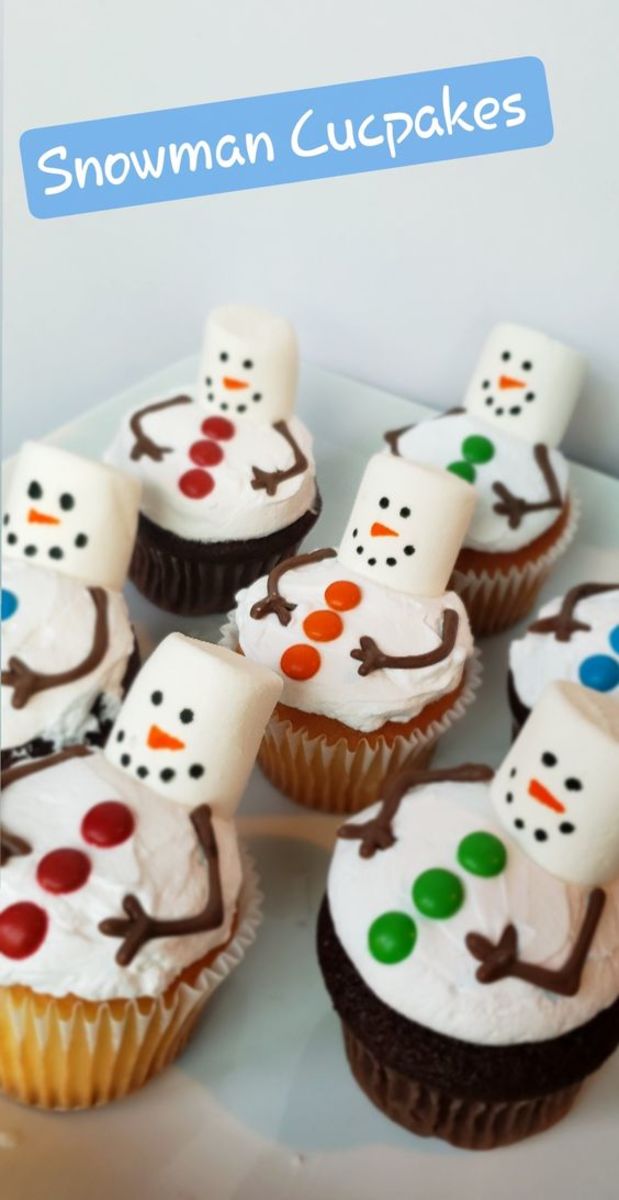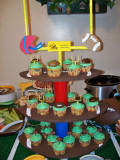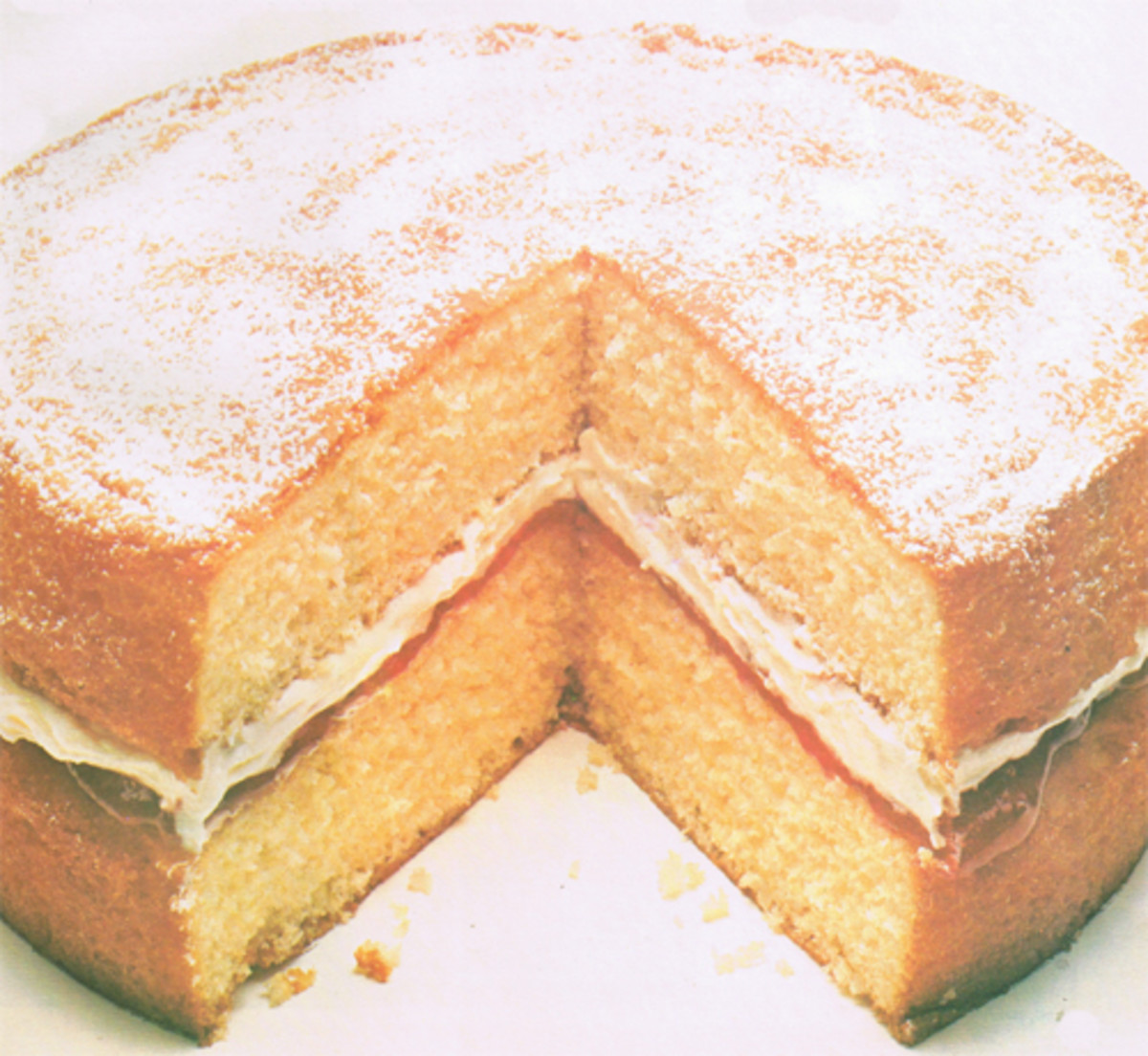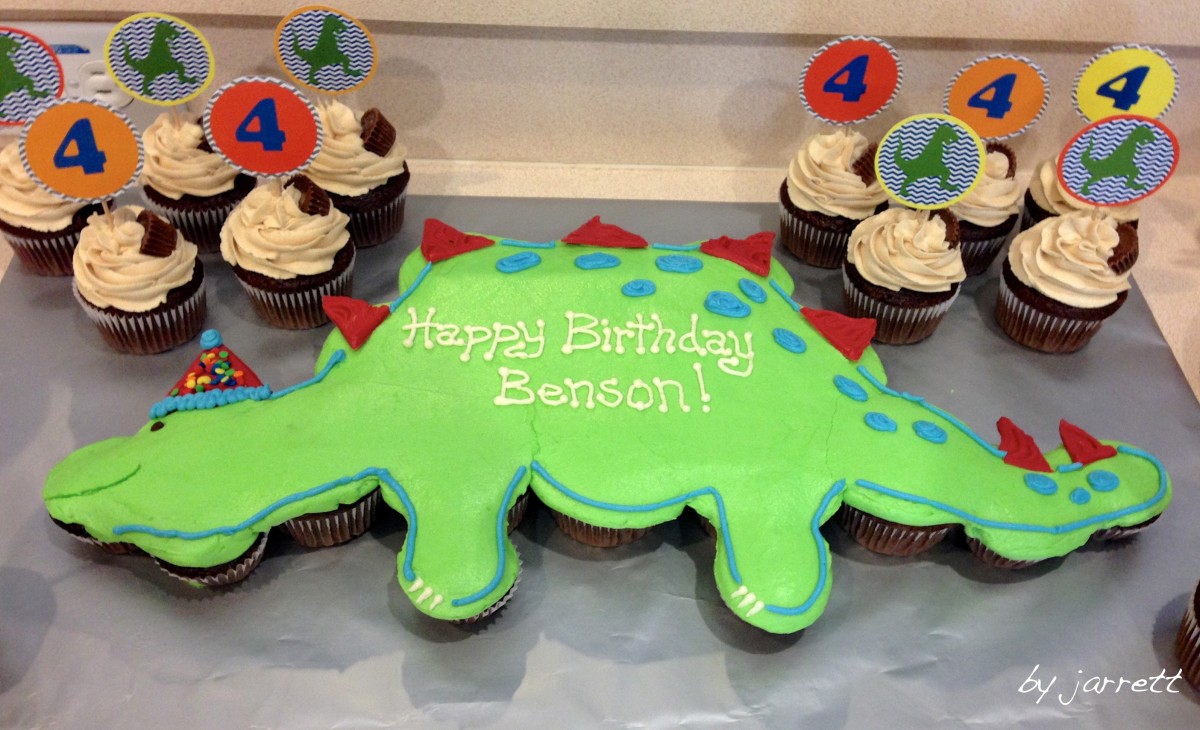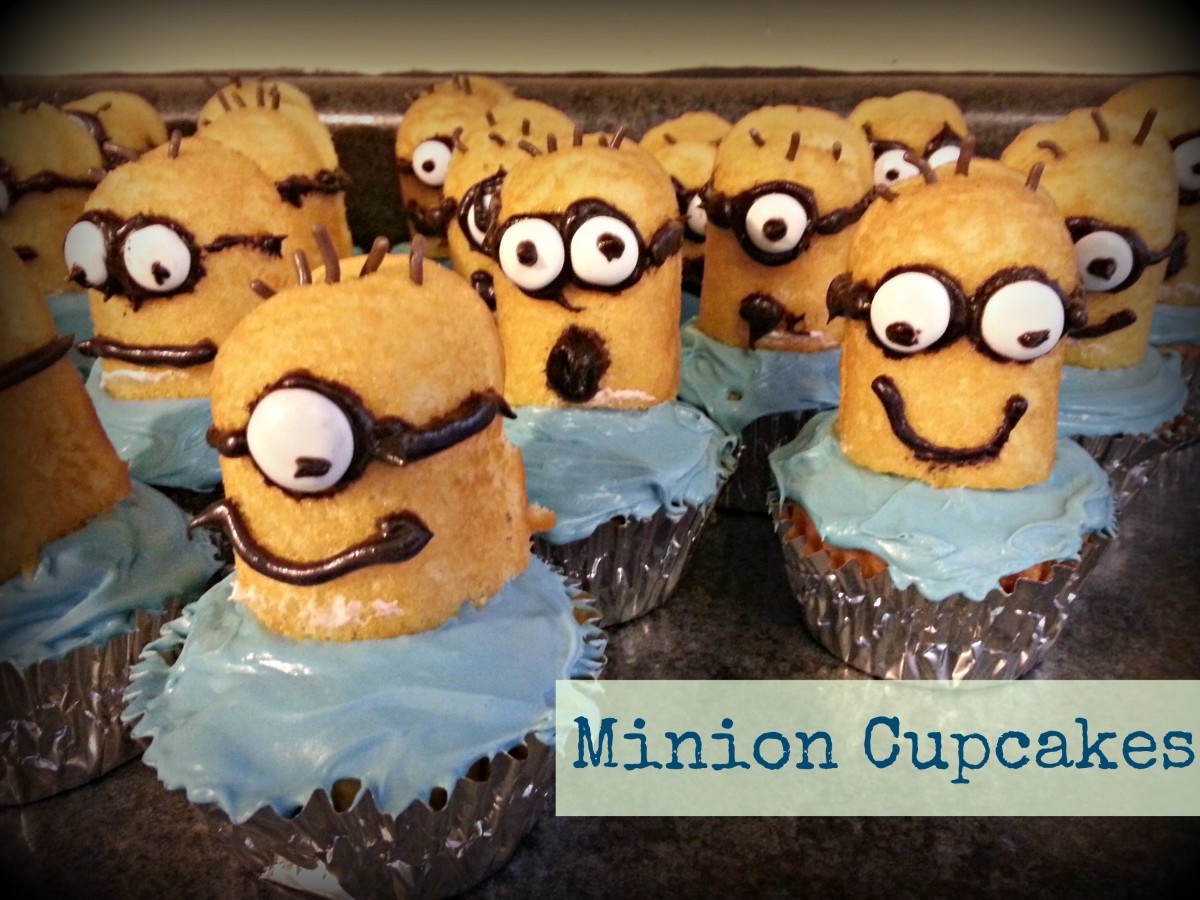- HubPages»
- Food and Cooking»
- Dessert Recipes»
- Dessert Cakes
Giant Cupcake
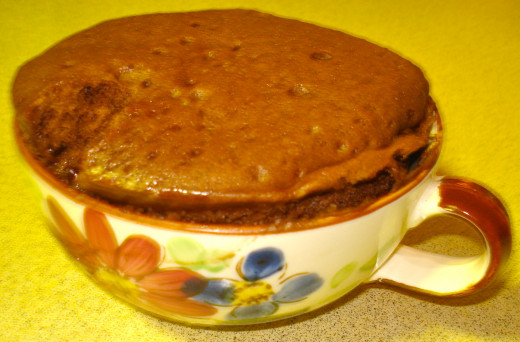
Cupcakes and Other Small Cakes
Cupcakes are very popular at the moment, there are shops that specialize in making them and some of the cupcakes they produce are real works of art that look far too good to eat. When we were children our family did not know the word 'cupcake.'
- Cupcakes: Today cupcakes are usually dainty little cakes that are beautifully decorated, expensive and need to be nibbled slowly and delicately as they could actually be almost consumed in one large bite.
- Small Cakes: These were known as either as patty cakes or fairy cakes because they were so small.
- Butterfly Cakes: On special occasions we had butterfly cakes and they were our favourites. They were fairy cakes that rose in the centre like a mini-volcano when cooked. The top was cut off, a little jam and whipped cream put on top, making sure that some of the jam showed as well. Then the removed top was cut in half and the two halves placed on the cream so that they looked like butterfly wings. The final touch was a light dusting with icing sugar.
What is a Cupcake?
The word cupcake has had different meanings through the years, although so far as I can find, they are not a really old type of cake. I have not found any small cakes as we know them in Mrs. Beaton's Cookery Book, which was published in the mid-eighteen hundreds. A number of my older recipe books did not have any small cakes at all, they were all large and some recipes gave the number of slices the mixture would produce. Perhaps that was because the older type of raising agent was yeast; any smaller edibles seem to have been buns, muffins and crumpets.
What is a Cupcake?
- A Cake Baked in a Cup-shaped Container: My dictionary tells me that a cupcake is a small iced cake baked in a cup-shaped container.
- A Cake Baked in a Metal Tray: The containers we used were metal trays with a dozen specially shaped hollows in each to hold the cake batter.
- A Cake Baked in a Paper Patty Pan: Patty pan cases were purchased and came either in plain white, coloured or patterned. They also came in different sizes.
- A Cake Baked in Real Cup: One reference claims that small cakes were first baked in cups in 1796. It did not say what rising agent was used.
- A Cake Made From a Recipe That Measured by the Cup: Some large cakes are called cupcakes as the ingredients are measured by volume rather than weight, using a cup for the purpose. Similarly with pound cakes, where the ingredients were measured by the pound or a fraction thereof.
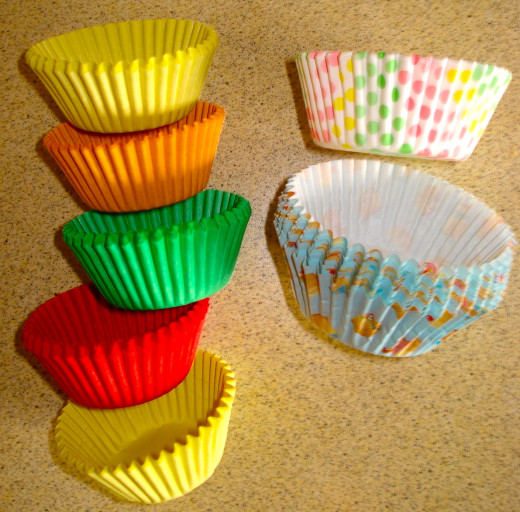
Raising Agents
Raising agents: Self-raising flour was developed by Henry Jones in 1845. This is an interesting ingredient that needs to be examined carefully. Some of the information I discovered make me think that the age-old use of yeast was not such a bad one after all, even if it required a little patience.
Self-raising Flour: It is quick and easy to use ready-mixed self-raising flour and that is what I used in the recipe below, but I might be having second thoughts now I've looked into it. The alternative would be to purchase it from a health-food store or make my own.
Make Your Own Self-raising Flour: This is not difficult and only takes a few minutes. At least you know what additives are in it then.
- Sift together 1 cup plain unbleached flour, ½ teaspoon cream of tartar and ¼ teaspoon bicarbonate soda. Cream of tartar is made from the residue that collects on the inside of wine barrels after grape fermentation. I have not read of any harmful side-effects.
- Sift together 1 cup plain unbleached flour and 2 teaspoons baking powder (US: baking soda).
- Older recipes used phosphate or tartrate. Too much phosphate can make the cake taste bitter.
The drawback of some home-made self-raising flour is that once the flour is added to the cake-mix it needs to be worked quickly as it will begin to rise at room temperature and then not rise so well in the oven. It's fine if you work fairly quickly and use refrigerated milk.
On looking at my packet of supermarket self-raising flour, I found that it included the following Raising Agents:
- 339: sodium phosphates
- 341: calcium phosphates
- 450: potassium pyrophosphate or sodium pyrophosphate
- 500: sodium carbonate or sodium bicarbonate
NOTES
Baking Powder: Baking powder (or US baking soda) frequently has an aluminium additive to slow the rising until the cake is in the oven. It has been suggested that aluminium has the potential to increase the risk of Alzheimer's disease. However, aluminium free baking powder can be purchased from health food stores.
Phosphate: A necessary mineral that combines with calcium to form the hard structure of teeth and bones and this should be good. However our kidneys control the level of phosphate in the blood to keep it balanced. If the kidneys are not working properly the phosphate level can build up, causing itchiness, lumps of calcium and phosphate in the bones, joints and blood vessels resulting in brittle bones and painful joints.
Phosphate is commonly used in soda (fizzy) drinks, supermarket cakes, processed foods such as hot dogs, fish fingers and processed cheese. While our bodies need phosphate, a high intake may lead to ADHD (Attention Deficit Hyperactivity Disorder).
Giant Cupcake
One of my Grandsons is studying at University, plays Australian Rules football and keeps himself by coaching football at his old high school. With such an active life-style, he often comes home very hungry and the following recipe can be mixed up in a soup 'cup' and cooked in that same cup in the microwave oven in about five minutes. He can even make it himself.
His Giant Cupcake is eaten in about the same length of time!
Note: This Giant Cupcake is light and delicious, but it's a large quantity for less active people. When I make it, half is eaten as a cake and the other half reserved for the next day. Then I serve it as a dessert with fruit and custard, cream or ice-cream. Simple and versatile.
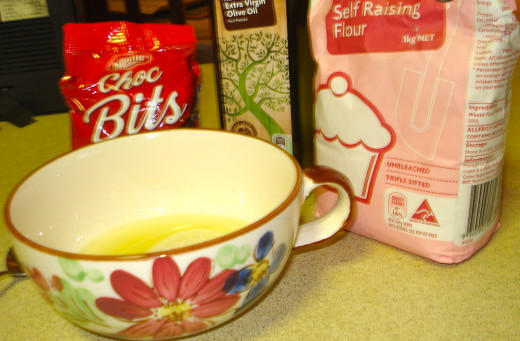
Rate This Quick Recipe
Cook Time
Ingredients
- 1 egg
- 1 teaspoon cinnamon
- 2 tables (4 desserts) cocoa
- 2 tables (4 desserts) choc chips, heaped
- 3 tables sugar
- 3 tables oil
- 4 tables self-raising flour
- ¾ cup milk
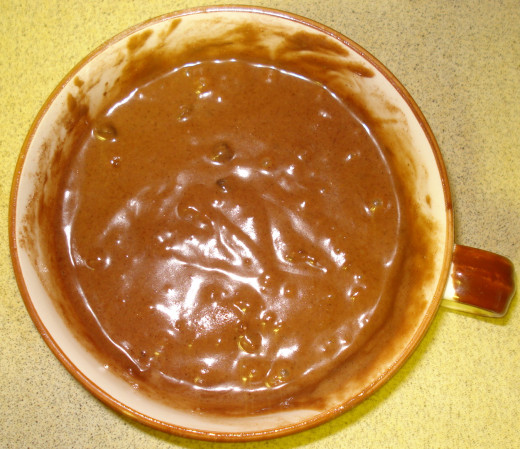
Instructions
- Put all the ingredients in the soup cup and stir together well.
- Place cup in microwave oven and cook for two minutes.
- Enjoy!
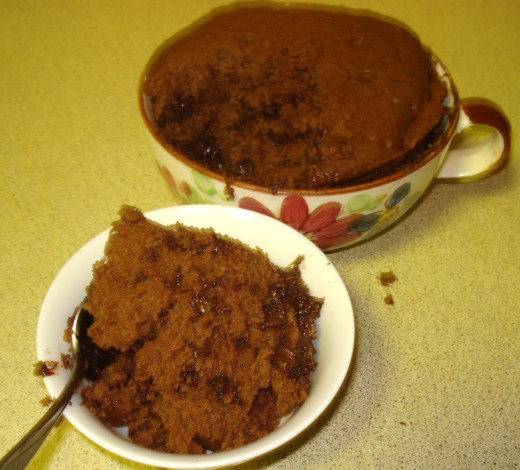
Final Note of Interest and Warning!
Too much flour in the air, if ignited by a spark, can explode!


